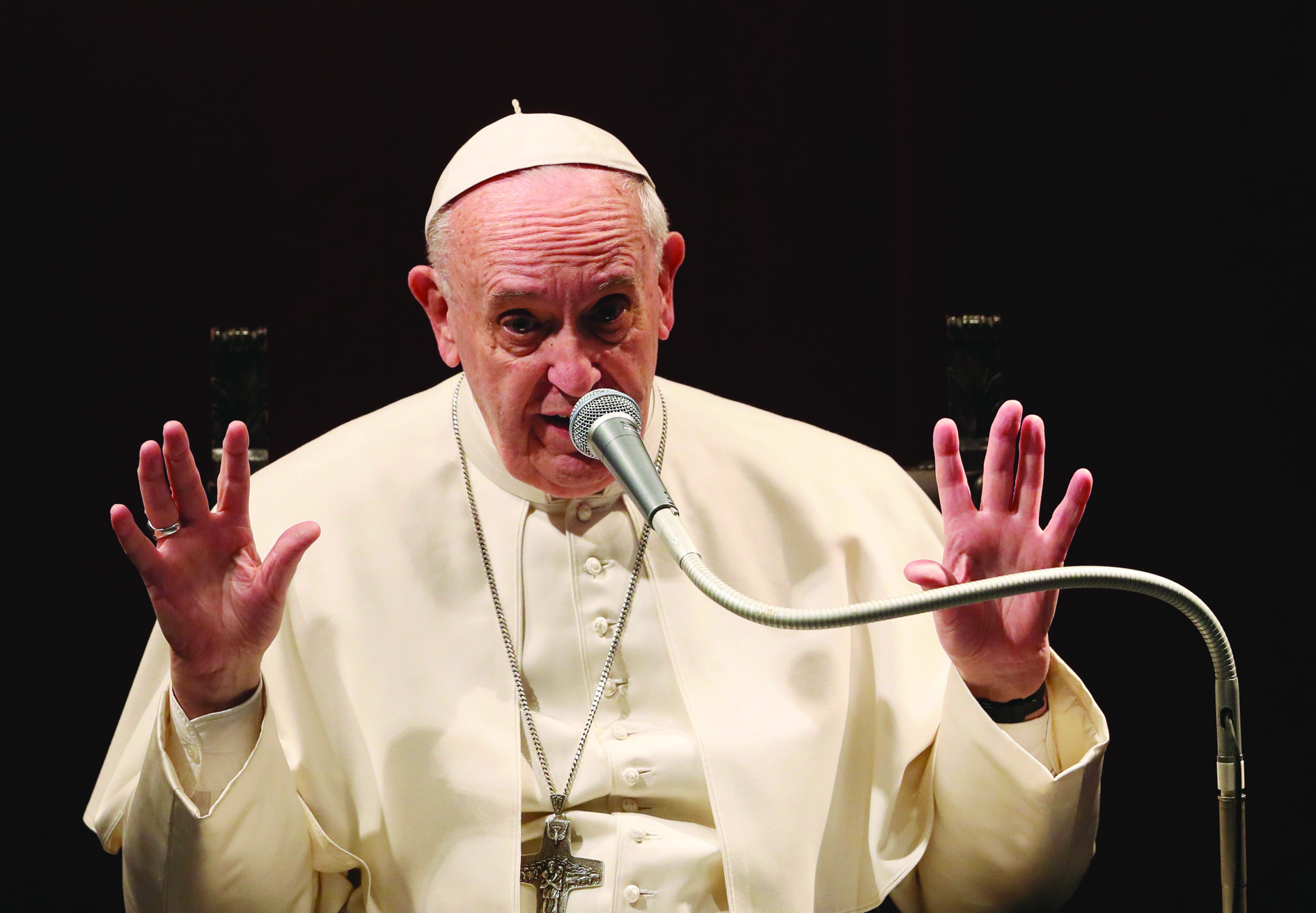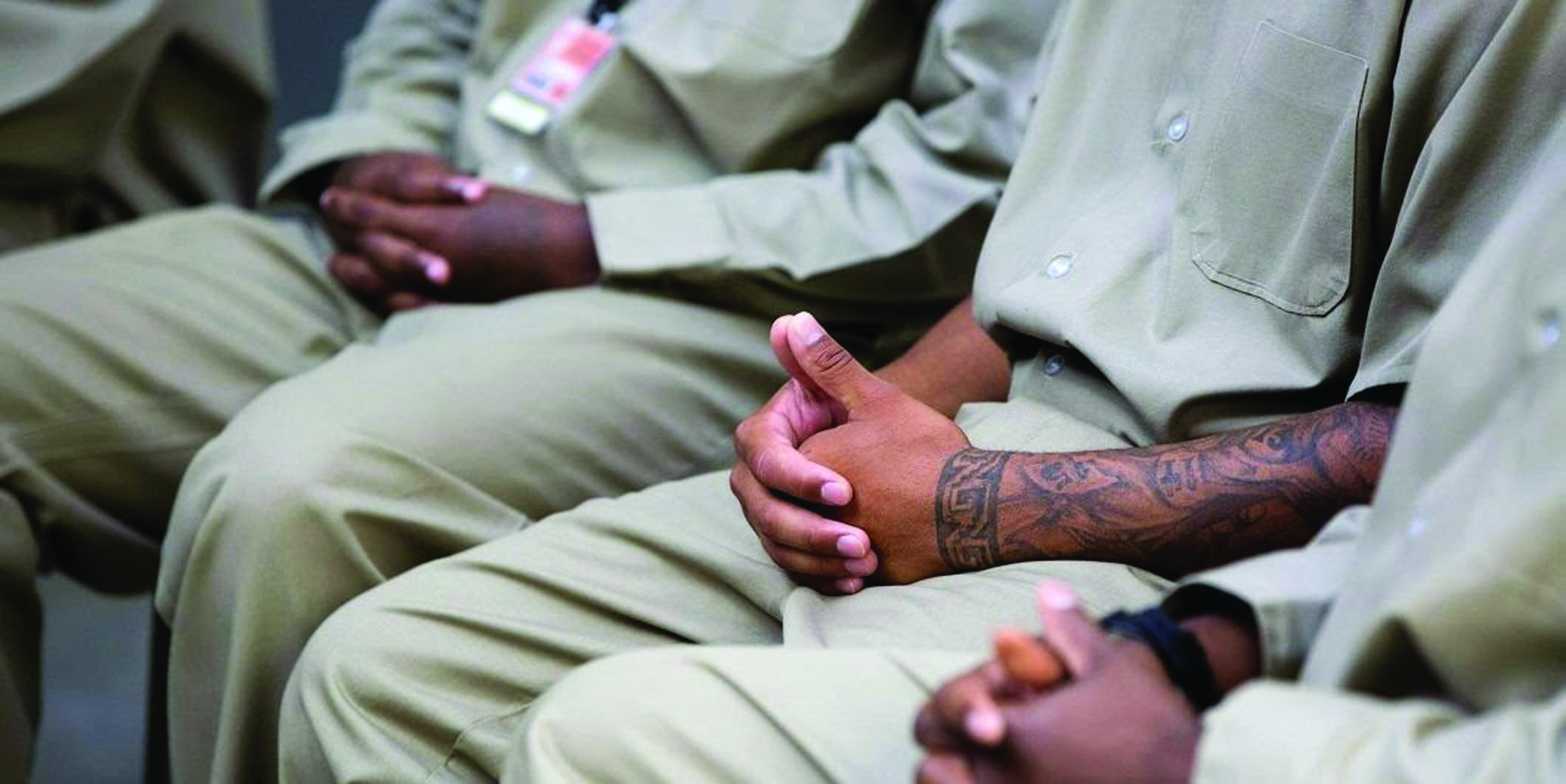Peter was born at Imola, in Emilia, Italy, around 400 A.D. He also died in Imola, on July 31, around 450 A.D. Although St. Peter Chrysologus (who name means “golden-speeched”) was included among the Doctors of the Church by Pope Benedict XIII in 1729, very little is known about his life. All his writings have perished except a large collection of short sermons. There is no account of him earlier than nearly 400 years after his death.
St. Peter studied under the direction of, and was ordained deacon by, Bishop Cornelius of Imola, of whom he speaks with veneration and gratitude. Peter successively was appointed by Emperor Valentinian III and his mother Galla Placida as archdeacon and then archbishop to succeed John of Ravenna, who was a frequent correspondent with Pope St. Gregory the Great. A legend says that he was named bishop of Ravenna around 433 by Pope St. Sixtus III, who reputedly selected him in place of another elected by the people because of a vision Sixtus had telling him to do so.
Peter rapidly set about the reform of his see and aimed to eradicate paganism. He was known for his charity, and preached so effectively that he was surnamed Chrysologus. His first sermon impressed Empress Galla Placidia so much that thereafter she generously supported his ambitious building projects, including a baptistery and church dedicated to St. Andrew in Classis, the port of Ravenna. Her son, Valentinian, and Pope St. Leo the Great respected and supported him as well.
Sometimes he would become so caught up in the excitement of his own preaching that he would become momentarily speechless.
Peter was one of those who received a letter from the Monophysite leader Eutyches protesting his condemnation by St. Flavian of Constantinople.
Peter advised Eutyches to stop attempting to justify himself after his condemnation by the Synod of Constantinople in 448 and not to cause dissension in the Church. He referred him to the teaching authority of the Bishop of Rome.
Bishop Peter received St. Germanus of Auxerre in Ravenna in 448, and when Germanus died there on July 31, St. Peter officiated at his funeral, and kept his hood and sackcloth as relics. Peter was forewarned of his own death soon thereafter and returned to Imola for his final days.
Peter’s sermons, almost all on Gospel subjects, are simple, practical, and clear, but are full of the eloquence that his surname suggests. These extant homilies were the reason Pope Benedict XIII declared him a Doctor of the Church in 1729. When in 1729 he was declared a Doctor of the Church, his feast day, which was not included in the Tridentine calendar, was inserted into the calendar of saints for celebration on December 4. In 1969, his feast was moved to July 30, as close as possible to the day of his death, July 31, which is occupied by the feast day of St. Ignatius of Loyola. In art, St. Peter is shown being presented to Pope Sixtus III by St. Peter and St. Apollinaris of Ravenna, or with a dish in his hand.
We cite here from his Sermon 117:
“The holy Apostle has told us that the human race takes its origin from two men, Adam and Christ; two men equal in body but unequal in merit, wholly alike in their physical structure but totally unlike in the very origin of their being. The first man, Adam, he says, became a living soul, the last Adam a life-giving spirit.
“The first Adam was made by the last Adam, from whom he also received his soul, to give him life. The last Adam was formed by his own action; he did not have to wait for life to be given to him by someone else, but was the only one who could give life to all. The first Adam was formed from valueless clay, the second Adam came forth from the precious womb of the Virgin. In the case of the first Adam, earth was changed into flesh; in the case of the second Adam, flesh was raised up to be God.
“What more need be said? The second Adam stamped his image on the first Adam when he created him. That is why he took on himself the role, and the name, of the first Adam, in order that he might not lose what he had made in his own image. The first Adam, the last Adam; the first had a beginning, the last knows no end. The last Adam is indeed the first; as he himself says: I am the first and the last.
“I am the first, that is, I have no beginning. I am the last, that is, I have no end. But what was spiritual, says the Apostle, did not come first; what was living came first, then what is spiritual. The earth comes before its fruit, but the earth is not so valuable as its fruit. The earth exacts pain and toil; its fruit bestows subsistence and life…
“The man made from the earth is the pattern of those who belong to the earth; the man from heaven is the pattern of those who belong to heaven. How is it that these last, though they do not belong to heaven by birth, will yet belong to heaven, men who do not remain what they were by birth but persevere in being what they have become by rebirth? The reason is, brethren, that the heavenly Spirit, by the mysterious infusion of his light, gives fertility to the womb of the virginal font. The Spirit brings forth as men belonging to heaven those whose earthly ancestry brought them forth as men belonging to the earth, and in a condition of wretchedness; he gives them the likeness of their Creator… Now that we are reborn in the likeness of our Lord, and have indeed been adopted by God as his children, let us put on the complete image of our Creator so as to be wholly like him, not in the glory that he alone possesses, but in innocence, simplicity, gentleness, patience, humility, mercy, harmony, those qualities in which he chose to become, and to be, one with us.”






Facebook Comments